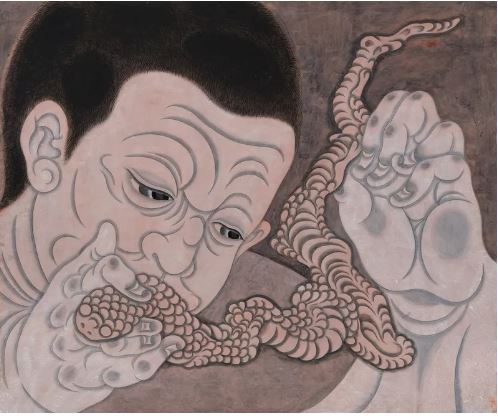In the previous post I discussed the British Rail Pension Fund (BRPF) which began in 1974 when the inflationary world economic situation was so similar to what we are experiencing now. Its period of unwinding was from 1987 to 1999.
Today I would like to discuss La Peau de l’Ours (The Skin of the Bear/Bearskin) in more detail as I promised in my last post. It is the next publicly known historical model closest to the BRPF.
La Peau was started by Paris financier and collector Andre Level (1863-1946) in 1904 with 12 other collectors who contributed 250 francs each (about 1200 USD today) annually for 10 years. This capital pool would be used to buy art which Level believed would increase in value. The collection would then be sold in 10 years.
La Peau bought Matisse, Braque, Picasso, Van Gogh — all contemporary artists at that time. They collected over 100 works Including a Picasso for 1000 francs which they bought directly from the artist. All were auctioned in 1914 at the famous Paris auction house Hotel Drouot (still in business today) for four times their investment.
Because of their great financial success, the syndicate turned over 1/5 of the profits to the artists.
The strategies La Peau applied in the early 1900s is not so different from what we are doing at EKCART Asia. One of them is to be allayed with a dealer or collector. Another is to buy early and low. Depending on when the art was acquired, in the early 1900s —- Picasso would have only been in his 20s-30s (this is probably why they were able to buy a painting directly from him for 1000 francs). Matisse would have been in his 30s-40s and Van Gogh would be in his late 40s-50s.
The name Bearskin could be the goal of the collection itself. It is from the French fable “L’Ours et le deux compagnons » (The Bear and the two Companions) which gives the lesson “Never sell the bear before one has killed the beast.” The Anglo version could be “Don’t count your chickens before they’re hatched.”
In my next post, I continue the historical proof of the appreciation of art from 1700s to watershed sales from 1970s and beyond.
